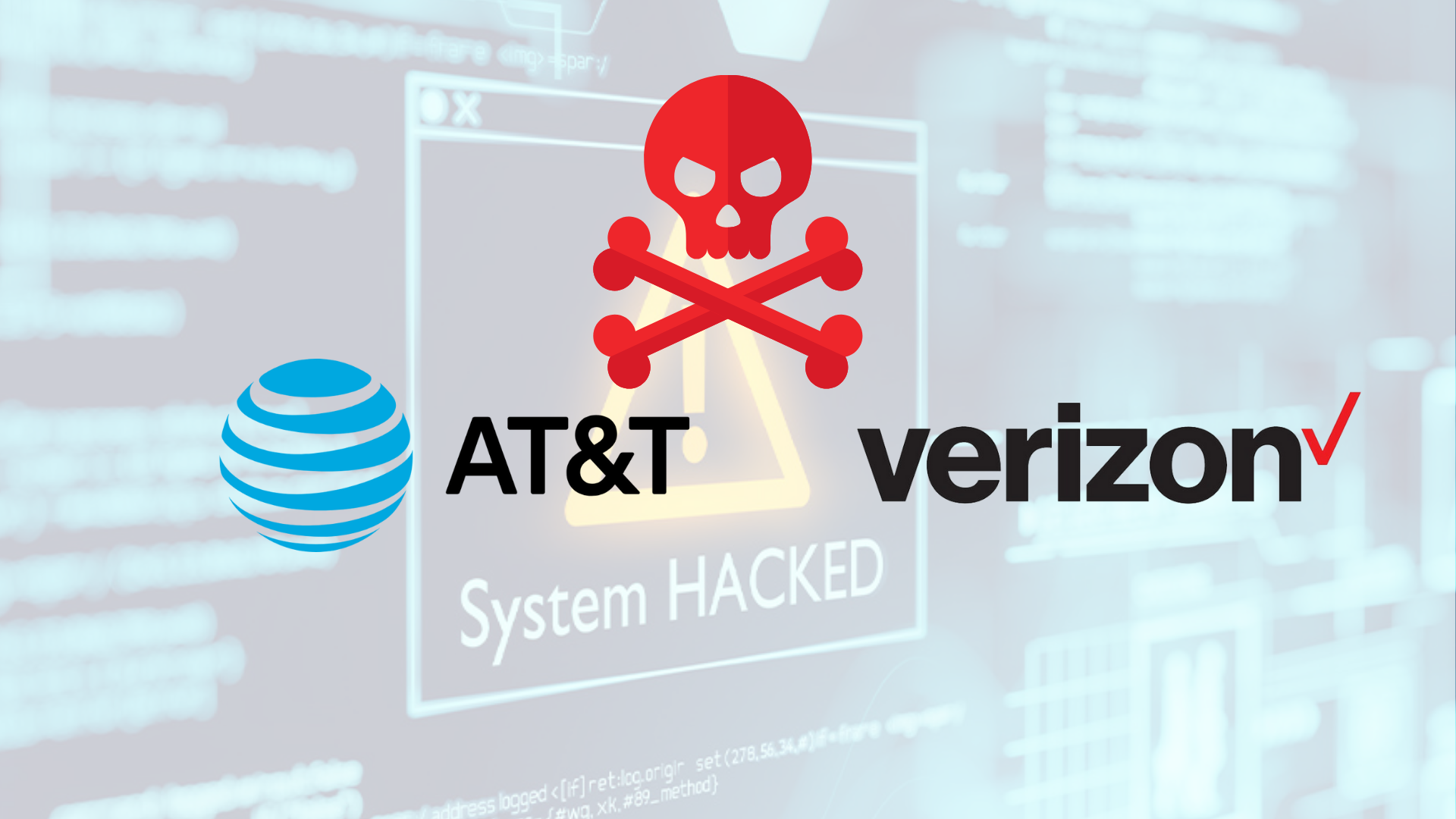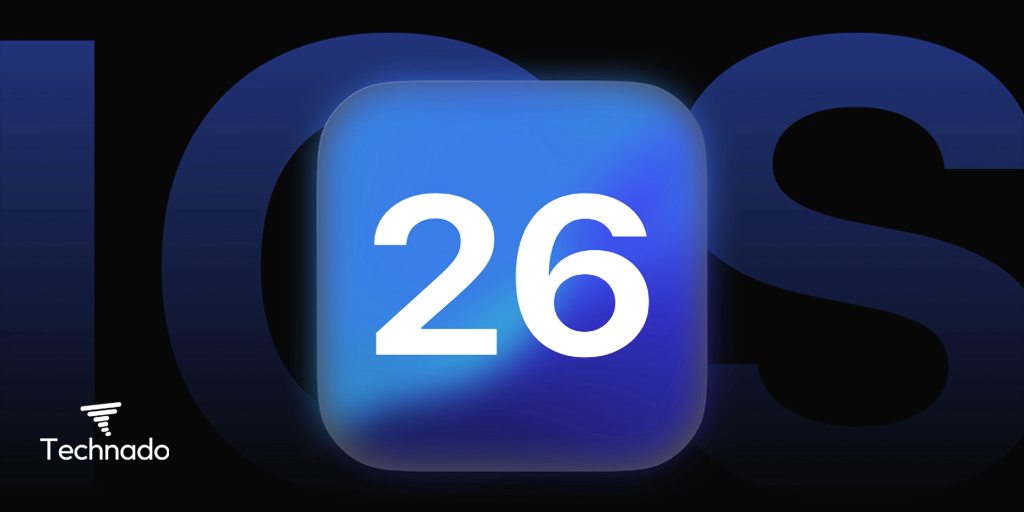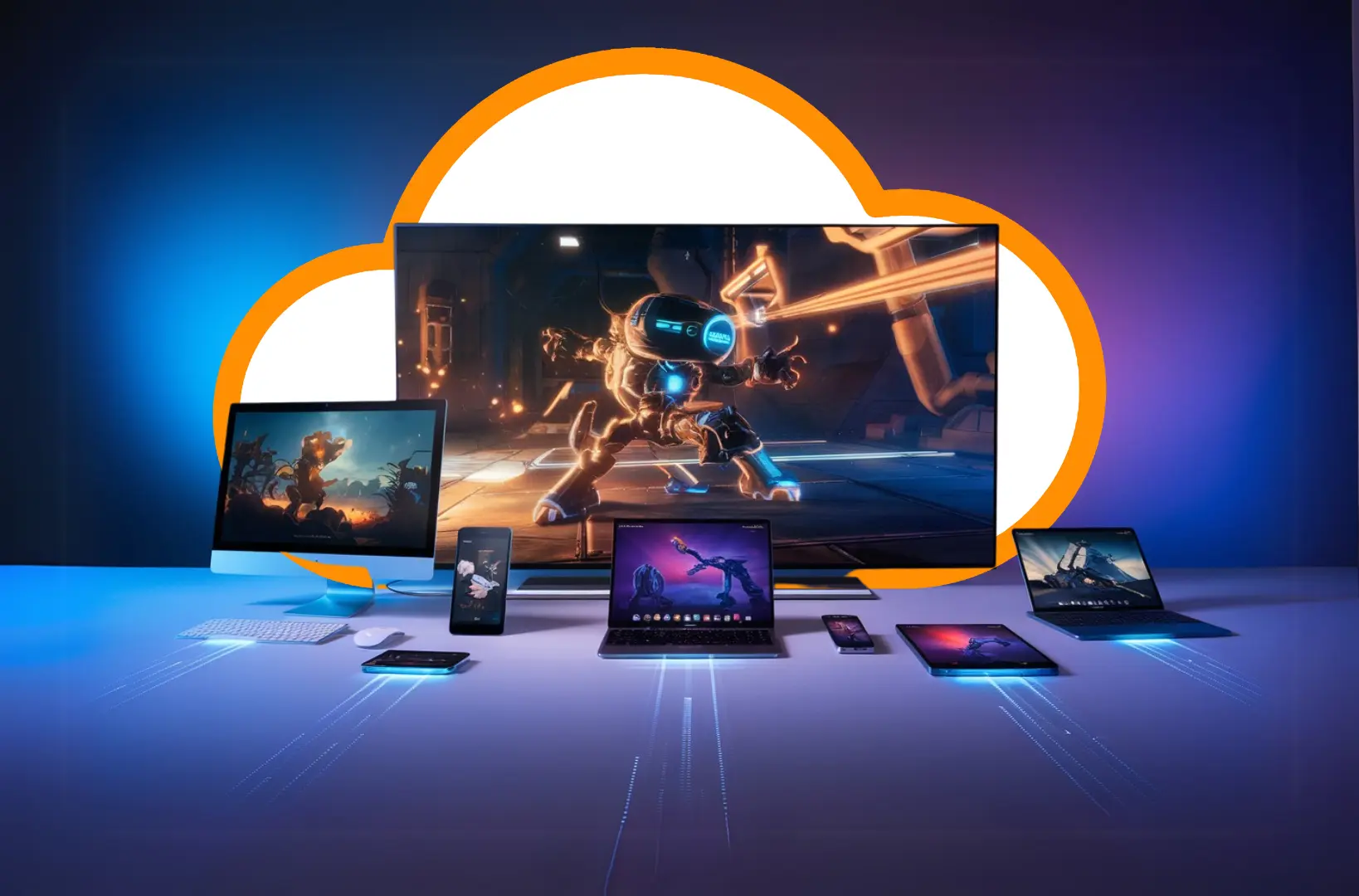Cybersecurity threats are becoming an increasing concern in today’s digital age. Even industry leaders like Verizon and AT&T are not immune to these challenges, as both companies recently confirmed they were targeted by cyberattacks. While the news initially caused alarm among millions of customers, the telecom giants assured the public that their networks remained secure, with no service disruptions or data breaches reported.
This blog explores the nature of these cyberattacks, the steps Verizon and AT&T took to address them, and the broader implications for the telecom industry. Additionally, we’ll discuss how companies and customers can protect themselves in an evolving threat landscape.
Understanding the Cyberattacks
The Nature of the Threat
Both Verizon and AT&T revealed that their networks were targeted by sophisticated cyberattacks aimed at exploiting potential vulnerabilities. While details about the attackers or their methods remain confidential, industry experts suggest these could involve Distributed Denial-of-Service (DDoS) attacks, phishing attempts, or advanced persistent threats (APTs).
According to a 2023 report by Cybersecurity Ventures, the cost of cybercrime globally is expected to reach $10.5 trillion annually by 2025. Telecom companies, which serve as the backbone of modern communication, are particularly attractive targets for cybercriminals and state-sponsored hacking groups.
Coordinated Attacks or Coincidence?
The simultaneous targeting of two major telecom providers has raised concerns about whether these were isolated incidents or part of a coordinated campaign. Cybersecurity analysts speculate these attacks may have been reconnaissance missions, probing the defenses of critical communication infrastructure.
Impact and Immediate Response
Thankfully, both Verizon and AT&T confirmed that no customer data was compromised and that their services remained uninterrupted. This quick resolution underscores the importance of proactive security measures in mitigating cyber threats.
How Verizon and AT&T Responded
Detecting and Neutralizing Threats
Verizon and AT&T rely on cutting-edge technologies, such as artificial intelligence (AI) and machine learning (ML), to monitor their networks for unusual activity. These advanced systems enable real-time detection and response to potential threats.
When the attacks were detected, both companies deployed their incident response teams to isolate affected systems and mitigate risks. According to Verizon’s cybersecurity team, the attacks were identified and neutralized within hours, showcasing the effectiveness of their security protocols.
Transparency with Customers
In their public statements, Verizon and AT&T reassured customers of the following:
- No Data Breach: Customer information remains secure and uncompromised.
- Uninterrupted Service: Network performance was unaffected.
- Ongoing Vigilance: Both companies have increased monitoring to prevent future incidents.
This transparency was critical in maintaining customer trust and demonstrating the companies’ commitment to security.
Collaboration with Authorities
Both telecom providers have partnered with government agencies, including the Cybersecurity and Infrastructure Security Agency (CISA), to investigate the attacks. Collaboration with regulatory bodies and security experts ensures a thorough investigation and enhances collective defense against similar threats.
Why Are Telecom Networks Prime Targets?
Critical Importance of Telecom Infrastructure
Telecom networks are indispensable to modern society, supporting communication, commerce, and public safety. This makes them highly attractive to cybercriminals seeking to cause disruption, steal data, or extort money.
Common Motivations Behind Cyber Attacks
- Espionage: Gaining unauthorized access to sensitive communications for intelligence purposes.
- Ransomware Attacks: Encrypting critical systems and demanding payment for decryption.
- Disruption: Overloading networks with traffic to disrupt services.
- Data Theft: Harvesting sensitive customer or corporate data for financial gain.
Rising Threats to Telecom Companies
According to the World Economic Forum’s 2024 Global Cybersecurity Outlook, attacks on critical infrastructure are projected to increase by 20% annually. The proliferation of 5G networks and Internet of Things (IoT) devices introduces new vulnerabilities, expanding the attack surface for cybercriminals.
Lessons Learned from the Incident
Importance of Proactive Measures
The Verizon and AT&T cyberattacks underscore the need for proactive cybersecurity measures. Regular vulnerability assessments, penetration testing, and real-time monitoring are essential to stay ahead of attackers.
Investment in Advanced Technologies
Both Verizon and AT&T’s swift response highlights the value of investing in advanced threat detection and response systems. These include AI-driven analytics and automated response tools that minimize the impact of potential breaches.
Strengthening Industry Collaboration
Cybersecurity is not a solitary effort. Verizon and AT&T’s collaboration with authorities and industry peers demonstrates the importance of sharing intelligence and adopting best practices across the sector.
Strengthening Telecom Cybersecurity
Adopting Advanced Solutions
To counteract increasingly sophisticated threats, telecom providers are investing in:
- Zero Trust Security Models: Restricting access to sensitive systems based on strict identity verification.
- Behavioral Analytics: Detecting anomalies in network activity to identify potential threats.
- End-to-End Encryption: Ensuring secure communication channels for customers and businesses.
Employee Training and Awareness
A 2024 report by IBM found that 95% of cybersecurity breaches are caused by human error. Regular training programs can help employees recognize phishing attempts, social engineering tactics, and other common threats.
Regulatory Compliance
Governments are imposing stricter cybersecurity regulations to protect critical infrastructure. Compliance with frameworks like the General Data Protection Regulation (GDPR) and the Federal Communications Commission’s (FCC) cybersecurity guidelines is essential for safeguarding sensitive data.
What Customers Can Do to Stay Secure
While telecom providers bear the primary responsibility for network security, customers also have a role to play in protecting their personal data.
- Enable Two-Factor Authentication (2FA): Adding an extra layer of security to your accounts can prevent unauthorized access.
- Beware of Phishing Scams: Avoid clicking on suspicious links or sharing sensitive information online.
- Keep Software Updated: Regular updates close security gaps in your devices and applications.
- Monitor Account Activity: Regularly review your account and network usage for unusual activity, and report discrepancies immediately.
The Future of Telecom Cybersecurity
Evolving Threat Landscape
As technology advances, so do the tactics of cybercriminals. The adoption of 5G networks and IoT devices introduces new vulnerabilities, necessitating more robust defenses.
Role of Regulatory Bodies
Governments and regulatory bodies must work closely with telecom providers to establish industry-wide cybersecurity standards. Initiatives such as the U.S. National Cybersecurity Strategy aim to enhance resilience across critical infrastructure sectors.
Building Customer Trust
Transparency and proactive communication are key to maintaining customer trust. By openly addressing cybersecurity challenges and showcasing robust defenses, telecom companies can reassure their customers and strengthen brand loyalty.
Conclusion
The cyberattacks on Verizon and AT&T are a stark reminder of the growing threats facing critical infrastructure in the digital age. However, the swift response from both companies from detecting and mitigating the attacks to collaborating with authorities highlights their commitment to security and resilience.
As cyber threats continue to evolve, the telecom industry must prioritize innovation, collaboration, and vigilance. By doing so, companies can safeguard their networks, protect customer data, and maintain the trust of millions of users worldwide.
Suggested Reads:
Self-Driving Cars Are Thriving: Here’s Where to Look
Apple MacBook Pro (M4 Pro and Max) Review: Still on Top
Cybersecurity Talent Shortage: The Roots and the Solutions

Burhan Ahmad is a Senior Content Editor at Technado, with a strong focus on tech, software development, cybersecurity, and digital marketing. He has previously contributed to leading digital platforms, delivering insightful content in these areas.







